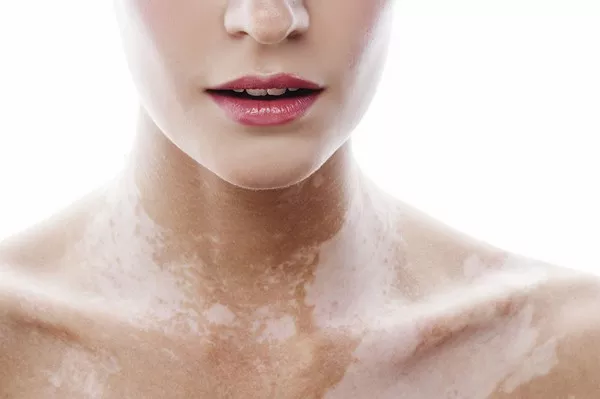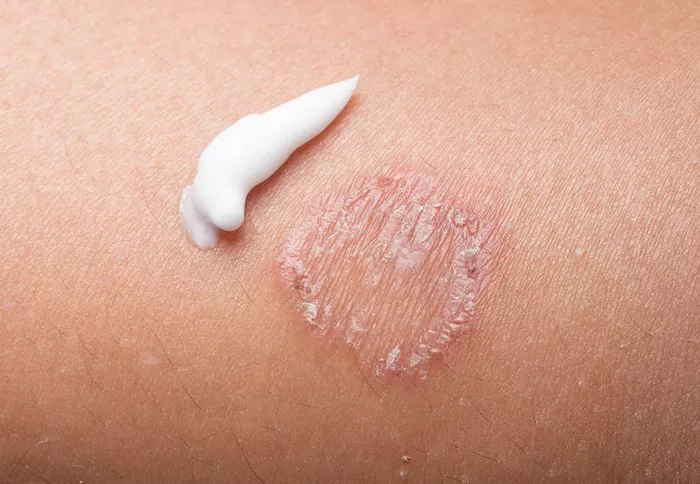Vitiligo is a long-term skin condition characterized by patches of the skin losing their pigment. This occurs when melanocytes, the cells responsible for skin color, are destroyed or stop functioning. The resulting white patches can appear on various parts of the body, and while the condition itself is not life-threatening, it can significantly impact a person’s quality of life and psychological well-being. For many, the question remains: has anyone been cured of vitiligo?
The Nature of Vitiligo
To understand the possibilities of curing vitiligo, it’s essential first to delve into the nature of the disease. Vitiligo is classified into two main types: segmental and non-segmental. Segmental vitiligo is often limited to one side of the body and progresses for a few years before stabilizing. Non-segmental vitiligo, which is more common, typically affects both sides of the body and can spread over time.
The exact cause of vitiligo is not entirely understood, but it is believed to be an autoimmune disorder where the body’s immune system mistakenly attacks and destroys melanocytes. Genetic factors, oxidative stress, neural mechanisms, and even viral causes have been suggested as contributing factors.
Current Treatment Approaches
While a definitive cure for vitiligo remains elusive, several treatments aim to restore pigment or manage the condition’s appearance. These treatments can be broadly categorized into medical, surgical, and adjunctive therapies.
Medical Therapies
1. Topical Corticosteroids: These are often the first line of treatment, especially for small patches. They can help in re-pigmenting the skin if used early in the disease. However, prolonged use can cause side effects like skin thinning.
2. Calcineurin Inhibitors: Topical immunomodulators such as tacrolimus and pimecrolimus are used, especially on sensitive areas like the face. They have fewer side effects than corticosteroids and can be effective in restoring color.
3. Phototherapy: Narrowband ultraviolet B (NB-UVB) therapy is one of the most effective treatments. It involves exposing the skin to UVB light, which can stimulate melanocytes. Excimer laser therapy is a more targeted form of phototherapy.
4. Systemic Treatments: For more extensive vitiligo, oral medications that modulate the immune system may be used, including corticosteroids and other immunosuppressive agents.
Surgical Therapies
1. Skin Grafting: This procedure involves transplanting healthy melanocyte-containing skin from one area of the body to the affected areas. While it can be effective, it is usually reserved for stable, segmental vitiligo due to the risks and complexity of the procedure.
2. Blister Grafting: This technique involves creating blisters on the pigmented skin and transferring the top layers to depigmented areas. It’s less invasive than full-thickness grafting but can be less effective.
3. Melanocyte Transplants: This involves cultivating melanocytes in the laboratory and transplanting them onto the depigmented skin. This method is still largely experimental but shows promise for the future.
Adjunctive Therapies
1. Camouflage: Makeup and self-tanning lotions can help mask the depigmented areas and improve cosmetic appearance.
2. Depigmentation: For those with extensive vitiligo, depigmenting the remaining pigmented skin to achieve a more uniform appearance is an option, using agents like monobenzone.
Success Stories and Case Studies
While the term “cure” implies complete and permanent eradication of the disease, there have been cases where individuals have experienced significant and sustained re-pigmentation, leading to a near-complete restoration of normal skin color. However, these cases are exceptions rather than the rule.
Case Study: Spontaneous Re-pigmentation
In rare instances, individuals have experienced spontaneous re-pigmentation without any formal treatment. This phenomenon is not fully understood but suggests that under certain conditions, the body can potentially restore melanocyte function.
Case Study: Successful Medical Treatment
A notable example involves the use of NB-UVB phototherapy in conjunction with topical treatments. Patients undergoing consistent treatment have shown significant improvement, with re-pigmentation occurring over several months to years. In some cases, the improvement has been substantial enough to consider it a functional “cure” in terms of cosmetic appearance.
Case Study: Surgical Success
Surgical interventions, particularly melanocyte transplants, have led to dramatic improvements in selected patients. These procedures are often followed by phototherapy to enhance the survival and proliferation of transplanted melanocytes. While not universally successful, these methods have brought hope to those with stable vitiligo.
SEE ALSO: Does Vitiligo Spread by Touch?
The Role of Lifestyle and Diet
Emerging research suggests that lifestyle and dietary choices may influence vitiligo progression and treatment outcomes. Antioxidant-rich diets, stress management techniques, and avoiding skin trauma are recommended by some practitioners to help manage the condition.
Dietary Considerations
1. Antioxidants: Foods rich in antioxidants, such as fruits and vegetables, may help reduce oxidative stress, which is believed to play a role in vitiligo.
2. Vitamins and Minerals: Adequate intake of vitamins (especially vitamin D) and minerals (like zinc and copper) is crucial for overall skin health.
Lifestyle Modifications
1. Stress Management: Psychological stress is known to exacerbate autoimmune conditions, including vitiligo. Techniques like mindfulness, meditation, and yoga can be beneficial.
2. Skin Care: Protecting the skin from trauma and sunburn is essential. Using sunscreen can prevent further damage to depigmented areas.
The Psychological Impact and Support Systems
Vitiligo can have a profound psychological impact, affecting self-esteem and leading to anxiety and depression. Support groups, counseling, and therapy can provide essential emotional support.
Psychological Interventions
1. Cognitive Behavioral Therapy (CBT): CBT can help patients develop coping strategies to manage the psychological impact of vitiligo.
2. Support Groups: Connecting with others who have vitiligo can provide a sense of community and shared experience.
The Future of Vitiligo Research
Research into vitiligo is ongoing, with several promising avenues being explored. These include:
Gene Therapy
Researchers are investigating gene therapy as a potential way to correct the underlying genetic defects that contribute to vitiligo. This approach is still in its early stages but holds significant promise.
Stem Cell Therapy
Stem cell therapy aims to replace lost melanocytes with new ones derived from stem cells. Preliminary studies have shown encouraging results, and ongoing research is focused on optimizing these techniques.
Immune Modulation
Understanding the autoimmune aspect of vitiligo has led to the exploration of treatments that modulate the immune system more precisely. Biologic drugs that target specific immune pathways are being tested and may offer new treatment options.
Microbiome Research
The role of the skin microbiome in vitiligo is a new area of interest. Researchers are studying how alterations in the skin’s microbial environment might influence vitiligo development and progression.
Conclusion
While a complete and universal cure for vitiligo remains out of reach, significant progress has been made in understanding and treating this complex condition. Various therapies offer hope for re-pigmentation and management, and ongoing research continues to push the boundaries of what is possible.
For those living with vitiligo, it is important to remain informed about the latest advancements and to work closely with healthcare professionals to develop a personalized treatment plan. While the journey towards a definitive cure is still underway, the strides made so far provide a foundation of hope and a glimpse into a future where vitiligo may be effectively cured or managed for all.
Related Topics:


























